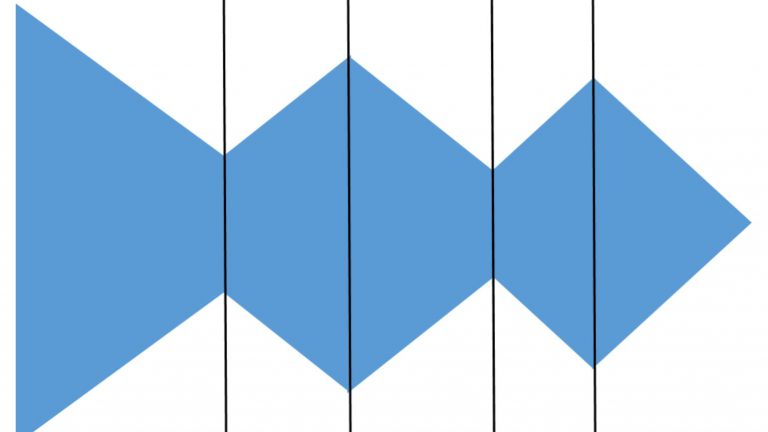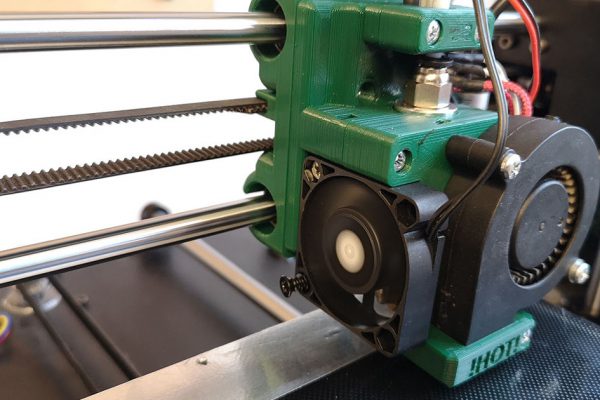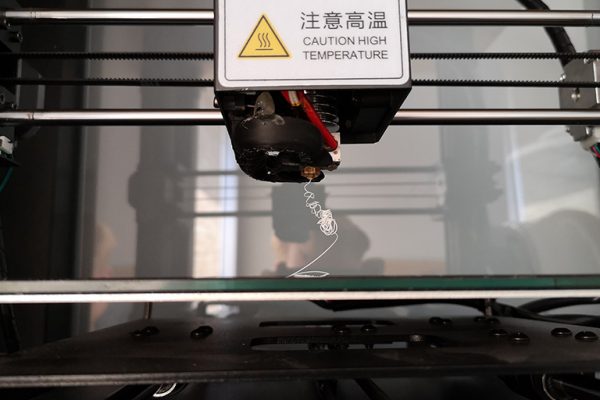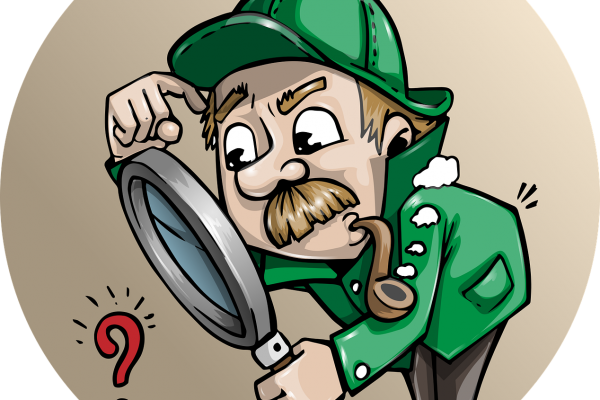The question I get asked most as an innovator is “How do you manage the creative process without impeding true creativity?”. Innovation is perceived as divine inspiration only granted to the select few. I’m here to tell you innovation can be engineered, and I’ll tell you how. I will explain the method I use for managing innovation, the same method I teach companies and engineering students alike through workshops and coaching.
This is part of the Innovation engineering blog series.
The terms “management” and “creativity” seem mutually exclusive. Managing means creating measurable and concise results, where creativity focusses on the process, immersion and the immeasurable. These two very different concepts are very powerful when successfully combined. By actively alternating the creative process and the analytical steps, you can create anything. Engineers have used the creative writing of Star Trek to make some devices that changed the world, including the cell phone and the personal computer.
Designing anything takes a few key ingredients and it doesn’t matter if your goal is to create a service, product, or software. This model also applies to different stages, from first draft or MVP to consolidating market share. There will be times when you need hard analytic views, and times when you need creativity. This is combined in the diverging/converging model pictured above. This model visualises the development process in a series of steps which respectively zoom in and then zoom out.
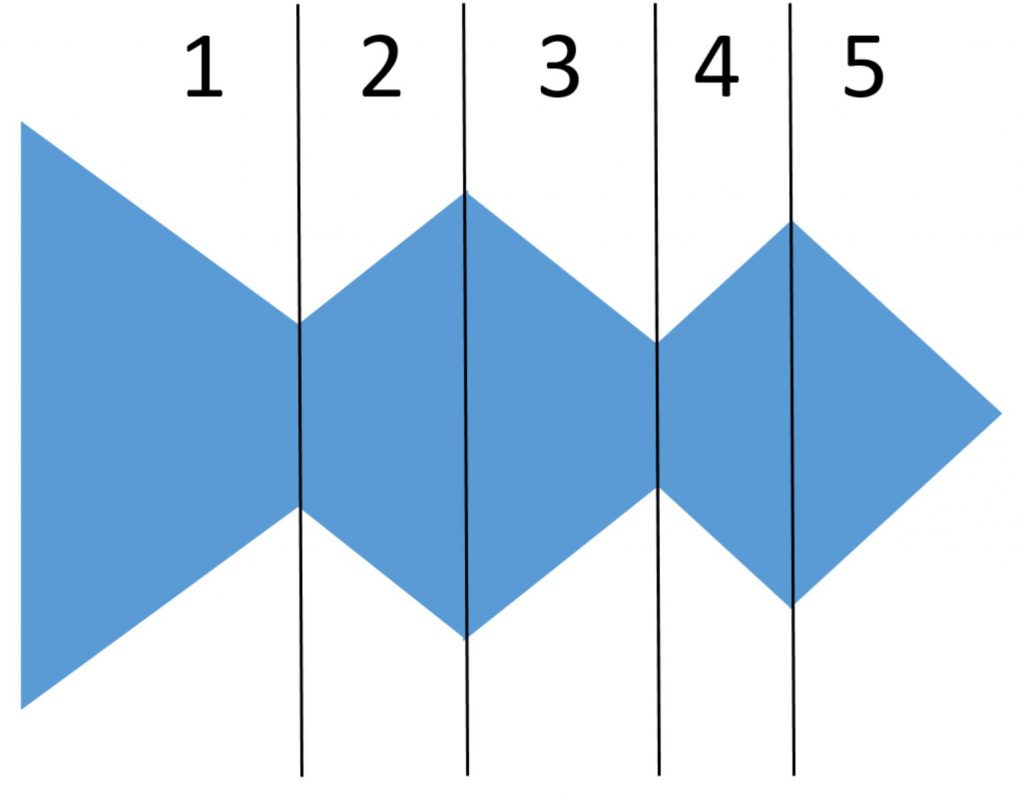
The reason this model is so powerful is because it very consisely allows for creativity and managerial decisions at different times. This is what the steps actually do, and what I’ll be explaning more in-depth in the next posts:
Step 1 Drafting the mission
Step 1 deals with zooming in on the challenge or problem. There is a very important distinction between a “problem” and a “challenge”. A problem is a supply/demand scenario, your target audience has a problem, and you are solving this problem. Problems could be how to solve global warming, how to get people from A to B, or how to manage inventory. A challenge is something you do from your own motivation, e.g. Create the fastest, best, biggest of anything. We make the problem or challenge more clear through the use of analytical tools such as 5W1H, function tree and preliminary requirements. And last but not least, we need to draft an end goal, our mission statement for this project.
Step 2 Anything is possible
Step 1 provides us with a nice set of project boundaries and a goal to shoot for. In step 2 anything is possible. We need ideas, the crazier the better. Anything goes, and nothing goes too far. We use tools like brainstorming and mindmaps as a staple, but they’re not a given. Your team or you might feel more comfortable with a completely different approach, maybe an evening of drinks and napkin sketches are all you need. We take the boundaries set by step 1 and stretch them as far as the imagination will take us. The goal here is to create mind boggling concepts, and very clever ways to fullfill each of our desired functions.
Step 3 Dial back the crazy
In step 2, we’ve (hopefully) generated a lot of ideas. Some crazier than others, which is good. Now it’s time to use the requirements from step 1 to see which of these ideas hold up to the original goal. This step is crucial for the rest of the process, because it allows us to drop anything that isn’t up to spec. Anything that isn’t possible according to the requirments is dropped, but everything that MIGHT be possible, stays.
Step 4 Prototyping, baby
Finally time to build stuff, everyone like that, right? Prototyping allows for the creativity to run free, within the confines of the real world. If you’re building something physical, you might find out that you don’t have enough space, or something isn’t within the laws of physics. This prototyping step combines creativity and research, and allows the full depth of any feasible idea to be explored. This step also helps to make the list of requirements more concise and all-encompassing.
Step 5 We’ve made it
The last step is meant to create a final concept or concepts out of all the data and creativity from the previous steps. These concepts will have to hold up to the list of requirements. Checking the concepts against the list of requirements is crucial for a good fit with the misison. Good documentation of this process is also very important for the rest of the development process, as it will reflect where the strength and weaknesses of each concept lies.
Step 6 Do the work
“Wait, there wasn’t a step 6, I thought we were done.”
No, this is where the rest of the process starts. Designing, engineering, user testing, building and moving towards production or release.
When you’ve completed step 5, you have a very solid concept to start a development process with. The next posts will explore each step with more detail.
If you would like my help with your development process, please contact me through greatscott.nl or reach out in the comments below.
